Articles tagged reactive
How to Prevent Reactive Java Applications from Stalling

Modern applications must work smoothly on high loads and with a high number of concurrent users. Traditional Java applications run blocking code and a common approach for scaling is to increase the number of available threads. When latency comes into the picture, many of these additional threads sit idle, wasting resources. A different approach increases efficiency by writing asynchronous non-blocking code that lets the execution switch to another task while the asynchronous process completes. Project...
R2DBC and Spring for Non-Blocking Database Access
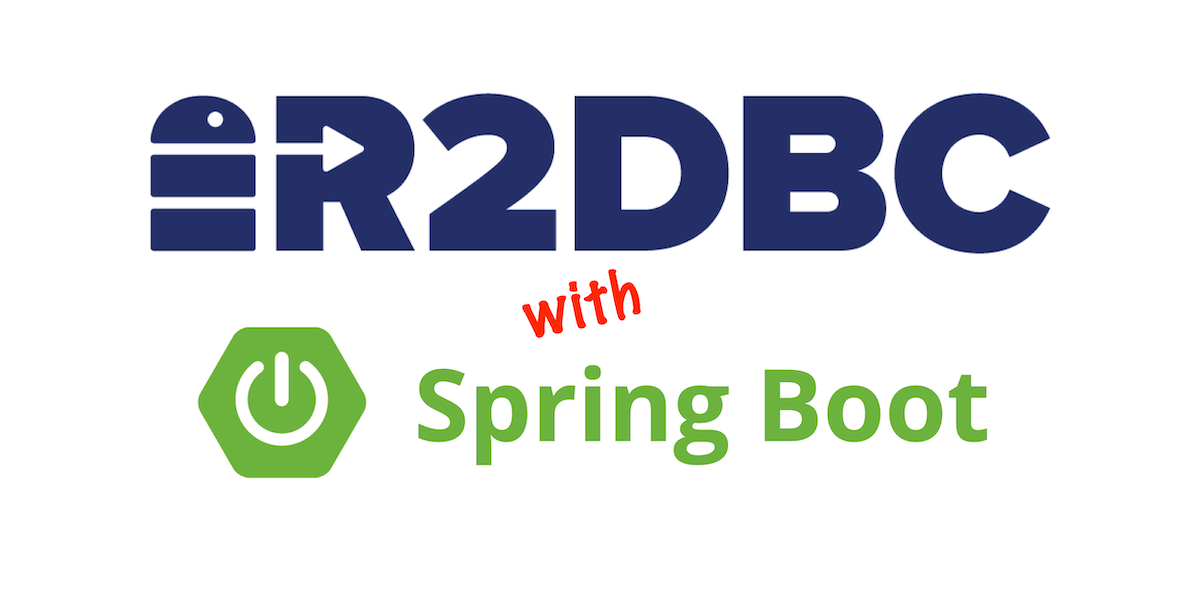
Reactive APIs are a powerful way to handle and serve large amounts of data and large numbers of requests in a web application. They rely on a “server-side event” model in which the client (e.g. your browser) subscribes to “events” on the server, and the server “pushes” events to the client as they become available. For simple CRUD applications this is not very useful. However, in situations with millions of “subscribers” it can offer improved...
Reactive Java Microservices with Spring Boot and JHipster
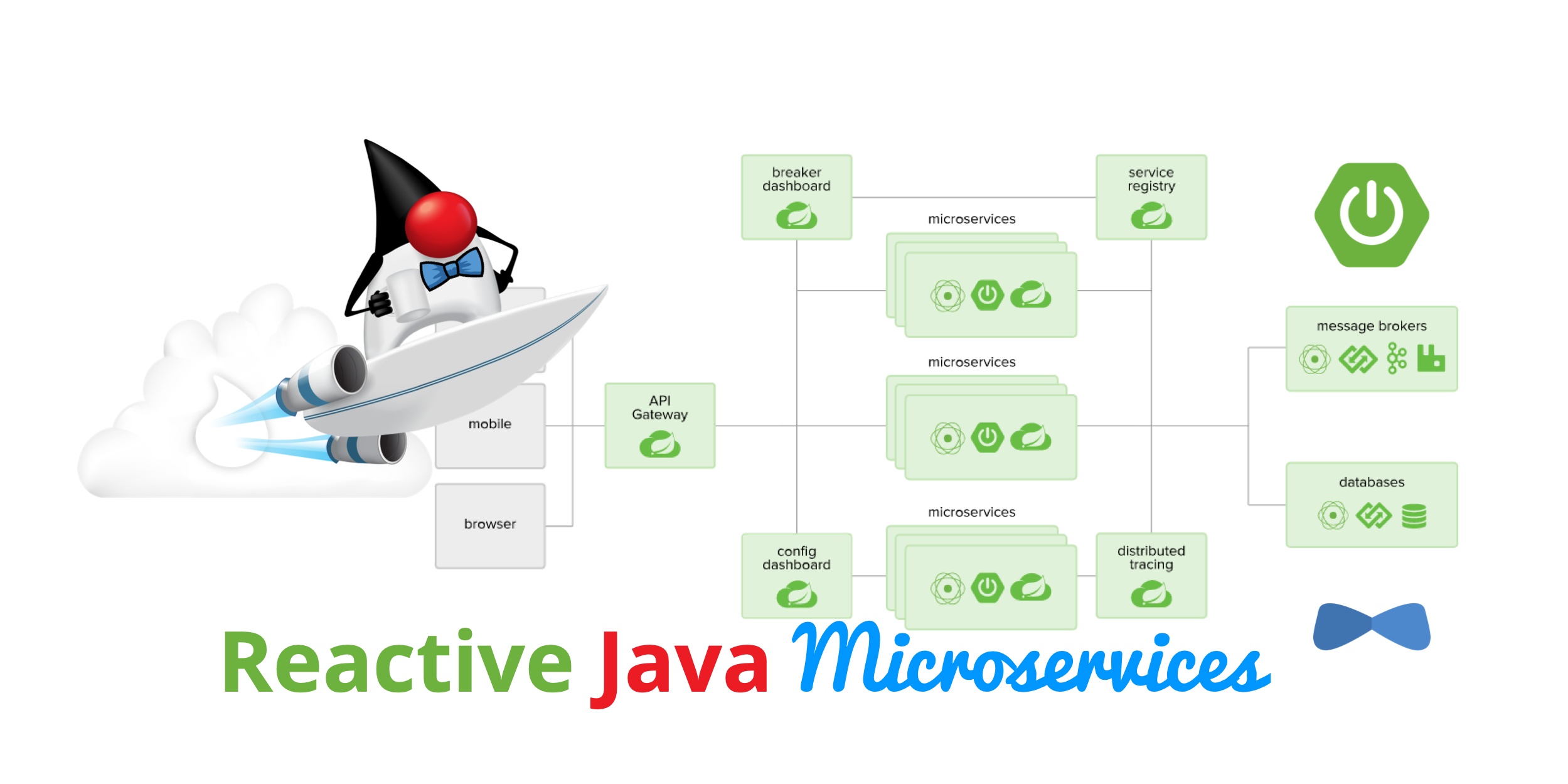
Java has been at the forefront of microservice architectures since they came to prominence a few years ago. It’s a popular language with well-known, high-quality frameworks, like Spring Boot, Spring Cloud, Spring Data, and Spring Security. Spring Boot 2.0 introduced a new web framework called Spring WebFlux. Previous versions of Spring Boot only shipped with Spring MVC as an option. WebFlux offers a way for developers to do reactive programming. This means you can write...
A Quick Guide to Java on Netty

Netty is a non-blocking input/output (NIO) framework that makes it relatively simple to develop low-level network servers and clients. Netty provides an incredible amount of power for developers who need to work down on the socket level, for example when developing custom communication protocols between clients and servers. It supports SSL/TLS, has both blocking and non-blocking unified APIs, and a flexible threading model. It’s also fast and performant. Netty’s asynchronous, non-blocking I/O model is designed...
Secure Reactive Microservices with Spring Cloud Gateway
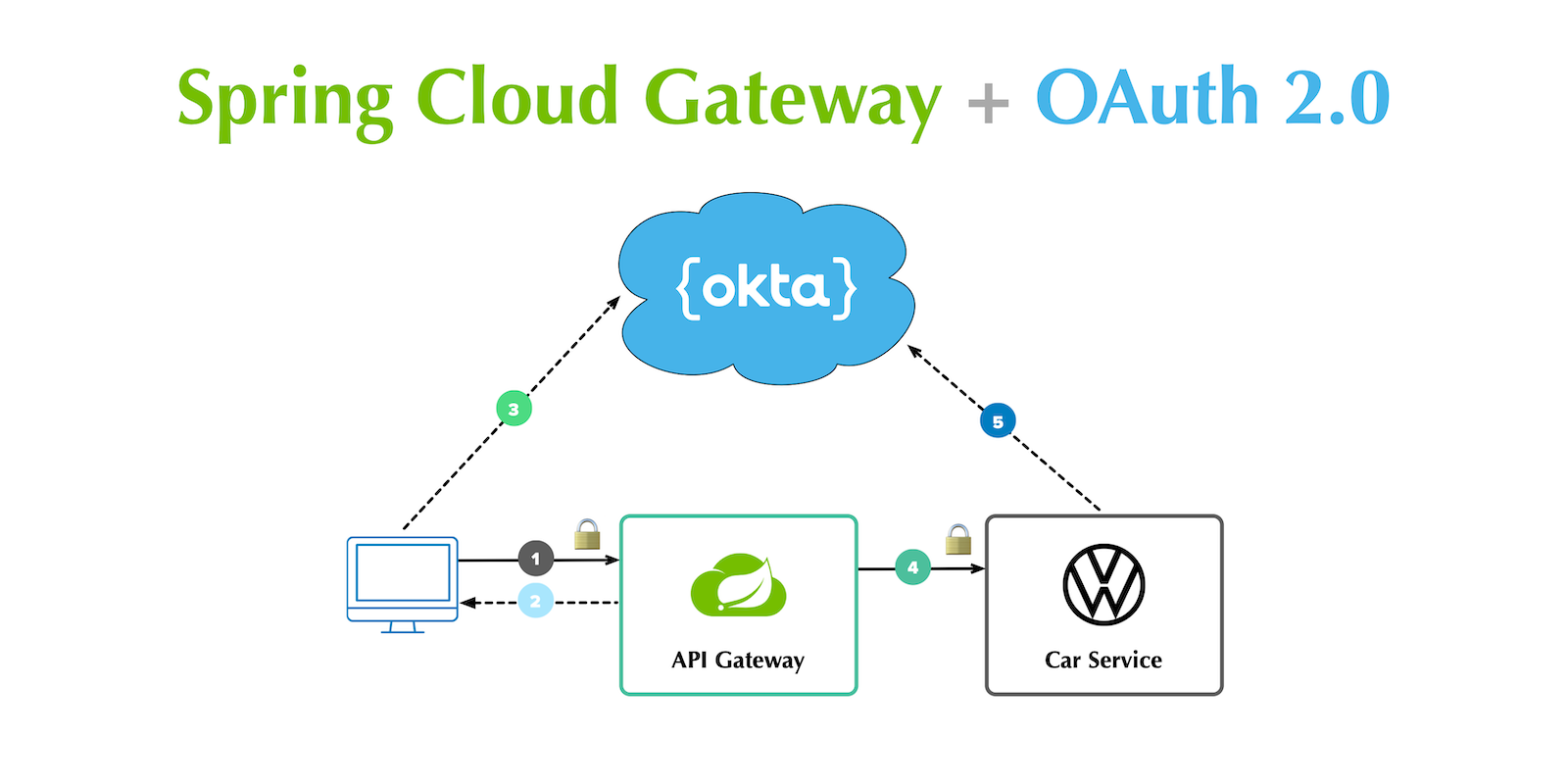
So you wanna go full reactive, eh? Great! Reactive programming is an increasingly popular way to make your applications more efficient. Instead of making a call to a resource and waiting on a response, reactive applications asynchronously receive a response. This allows them to free up processing power, only perform processing when necessary, and scale more effectively than other systems. The Java ecosystem has its fair share of reactive frameworks, including Play Framework, Ratpack, Vert.x,...
Use Vue.js Data Binding Options for Reactive Applications

Vue.js is known as a “progressive framework for building user interfaces”. There’s a lot to unpack in this simple statement. It’s easy to get started with Vue.js, with a minimal feature set, and then layer in more of the framework as you need it. Unike React, it has full support for the MVC (Model View Controller) pattern out-of-the-box. It’s easier to use and grow with than Angular. And, if you couldn’t tell, I’m a little...
Build a Reactive App with Spring Boot and MongoDB

Reactive apps allow you to scale better if you’re dealing with lots of streaming data. They’re non-blocking and tend to be more efficient because they’re not tying up processing while waiting for stuff to happen. Reactive systems embrace asynchronous I/O. The concept behind asynchronous I/O is straightforward: alleviate inefficient resource utilization by reclaiming resources that would otherwise be idle as they waited for I/O activity. Asynchronous I/O inverts the normal design of I/O processing: the...
Spring Boot 2.1: Outstanding OIDC, OAuth 2.0, and Reactive API Support

Spring Boot 2.1 was recently released, eight months after the huge launch of Spring Boot 2.0. The reason I’m most excited about Spring Boot 2.1 to me is its improved performance and OpenID Connect (OIDC) support from Spring Security 5.1. The combination of Spring Boot and Spring Security has provided excellent OAuth 2.0 support for years, and making OIDC a first-class citizen simplifies its configuration quite a bit. For those that aren’t aware, OIDC is...
Full Stack Reactive with Spring WebFlux, WebSockets, and React
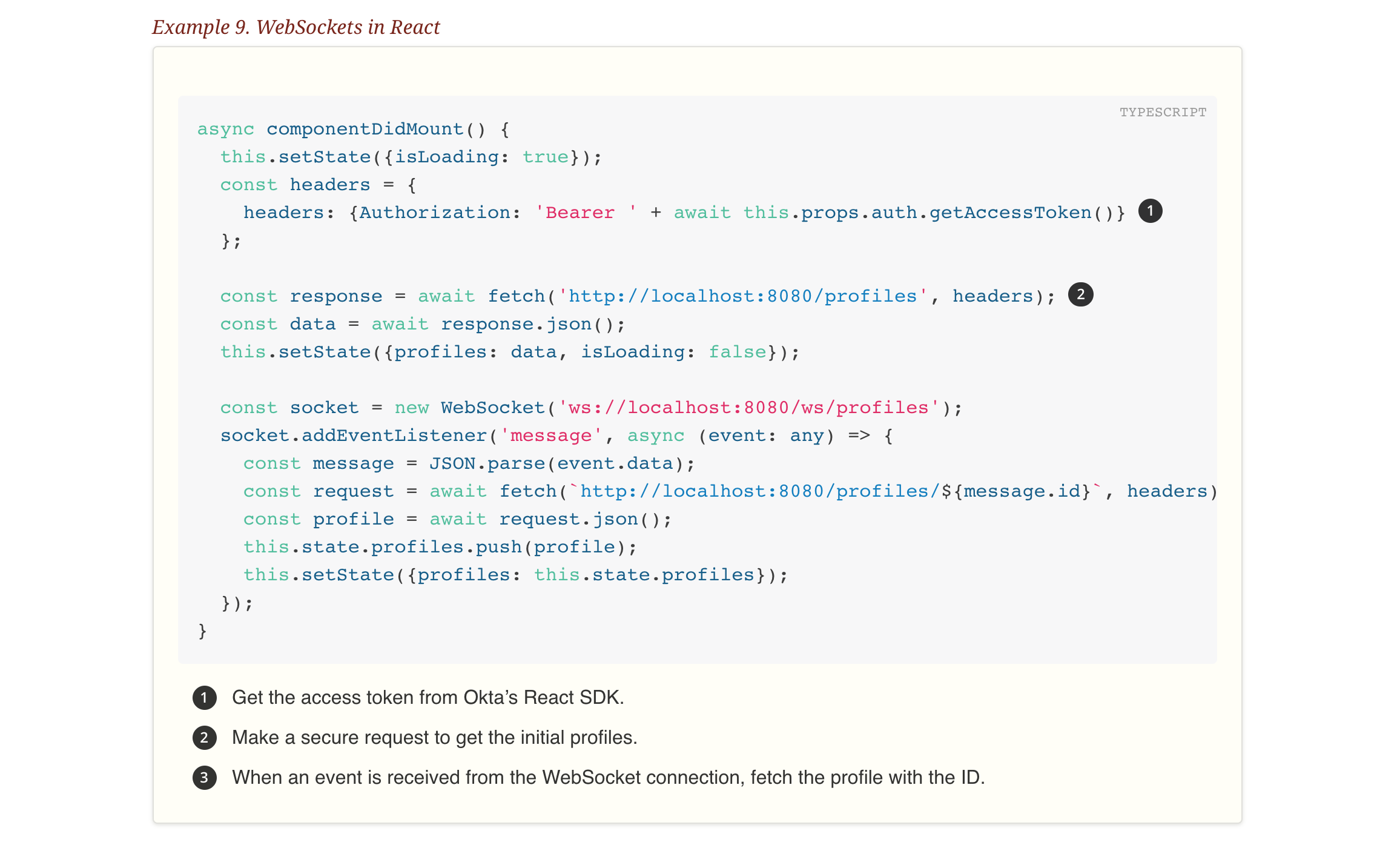
Spring WebFlux can be used to create a REST API with streaming data. Spring WebFlux can also be integrated with WebSockets to provide notifications that clients can listen to. Combining the two is a powerful way to provide real-time data streaming to JavaScript or mobile clients. Add React to the mix and you have an excellent foundation for a full-stack reactive architecture. React is a UI toolkit (similar to GWT) that lets you build components...
Build Reactive APIs with Spring WebFlux
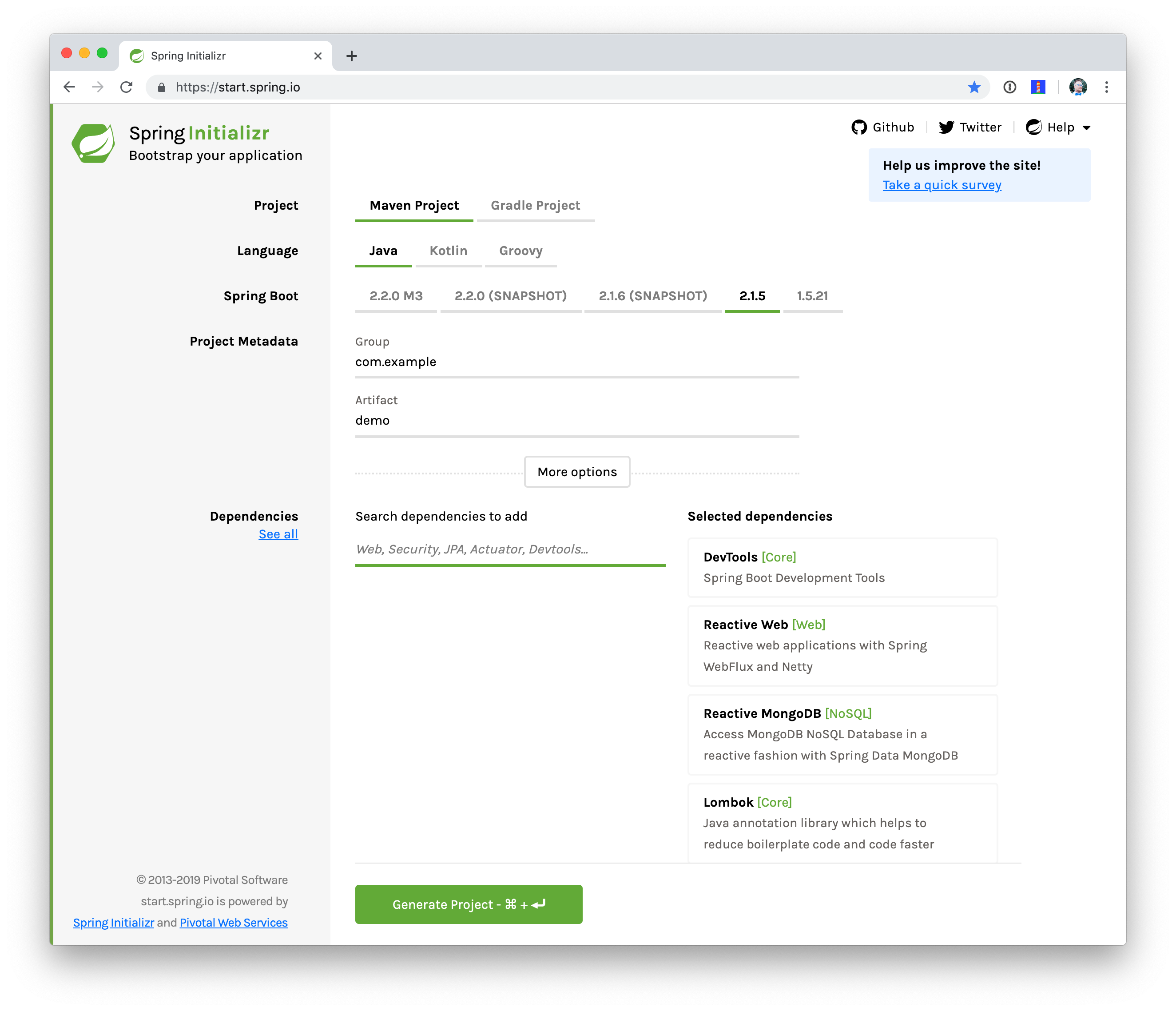
Spring Boot 2.0 was a long-awaited release from the good folks at Pivotal. One of its new features is reactive web programming support with Spring WebFlux. Spring WebFlux is a web framework that’s built on top of Project Reactor, to give you asynchronous I/O, and allow your application to perform better. If you’re familiar with Spring MVC and building REST APIs, you’ll enjoy Spring WebFlux. There’s just a few basic concepts that are different. Once...
Get Started with Reactive Programming in Spring
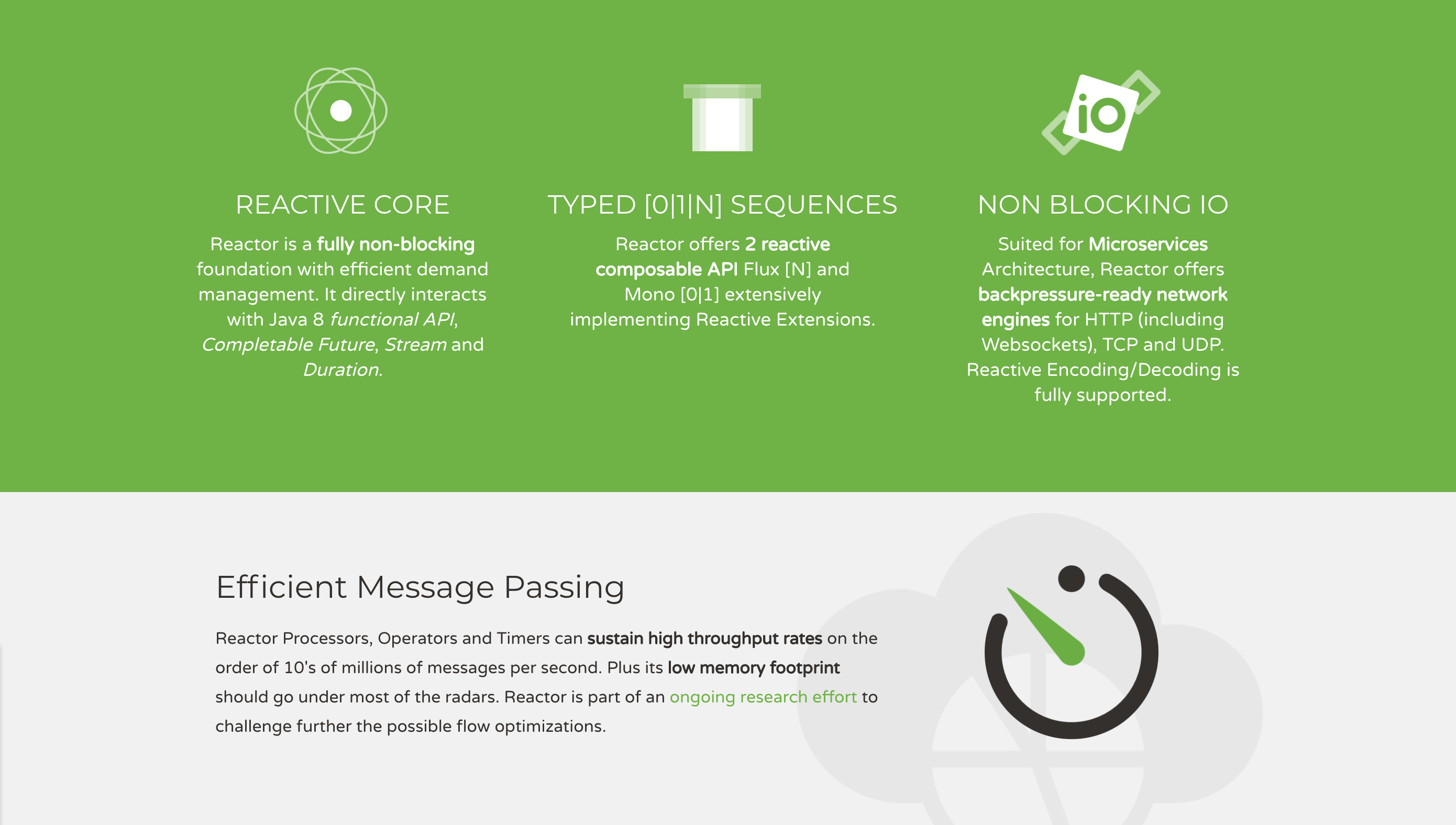
Reactive programming allows you to build systems that are resilient to high load. Handling lots of traffic isn’t a problem because the server is non-blocking and doesn’t block client processes to wait for responses. The client cannot directly observe, or synchronize with, the execution that occurs on the server. When an API is struggling to handle requests, it should respond in a sensible way. It shouldn’t fail to work or drop messages in an uncontrolled...